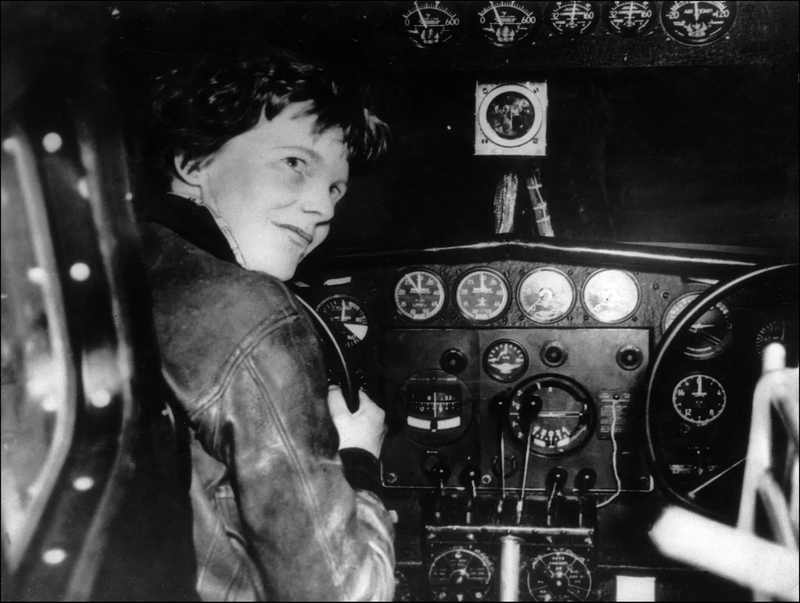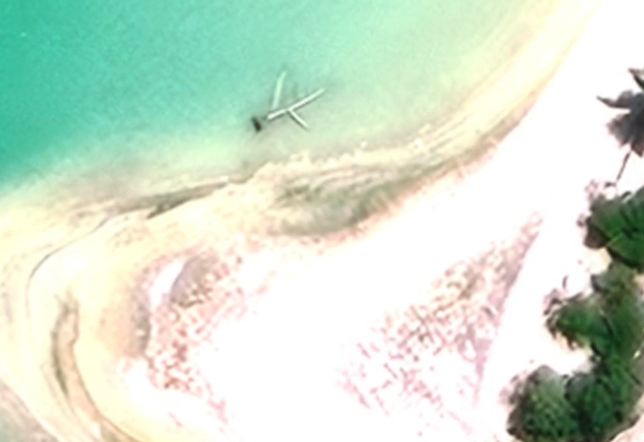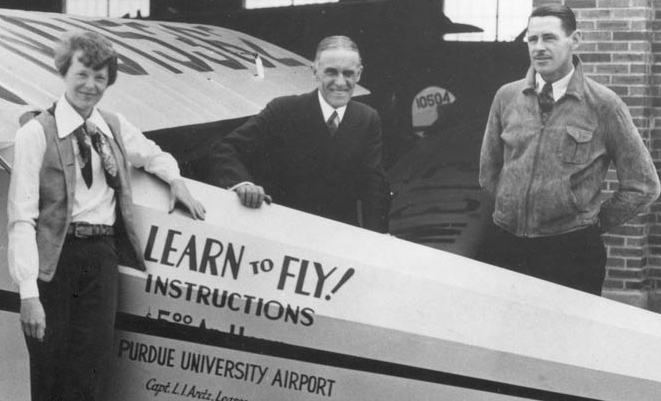
Teams from Purdue University and the Archaeological Legacy Institute are embarking on an expedition to a small island the South Pacific later this month to try to solve the 1937 disappearance of Amelia Earhart as she attempted to fly around the world.
The Executive Director of the institute, Richard Pettigrew, sounds fairly confident that evidence will be found that proves Amelia Earhart and her navigator Fred Noonan “ended their days on the island of Nikumaroro.”
He said there’s “a huge amount of evidence.”
That includes radio transmissions and satellite images of an object in a lagoon.
“We could argue about what this thing is but the most important thing is we don’t know what it is and we think we might know what it is,” he said. “Somebody has to go there and look, that’s what I know for sure, somebody has to go and look. We’re going to go look and identify it. And if we’re right we will, in fact, identify the lost Electra. We could be wrong, but I think the evidence is very, very strong.”

Amelia Earhart was an advisor to Purdue’s Aeronautical Engineering program and the Perdue Research Foundation funded her plane, a Lockheed Electra, which she planned bring back to the university, according to Purdue Senior Vice President Steve Schultz.

“There’s not only this chance of potentially solving the greatest mystery of the twentieth century, but maybe fulfilling Amelia’s wishes of bringing the Electra back to Purdue," Schultz said.
Purdue alum and astronaut Sirisha Bandla is part of the expedition.
“Her legacy is much more than this final journey,” she said. “She’s done so much in her career for aviation and for women in STEM and aerospace.”
This island is half-way between Australia and Hawaii.
The teams will travel by plane to Majuro in the Marshall Islands and will sail 1,200 nautical miles from there to Nikumaroro and then spend several days on the small island in the search effort.
